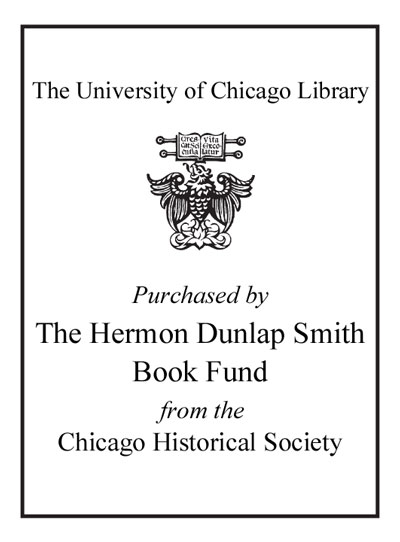Arqueología en Chichén Itzá : nuevas explicaciones /
Saved in:
| Imprint: | Mérida, Yucatán, México : Ediciones de la Universidad Autónoma de Yucatán, 2016. |
|---|---|
| Description: | 329 pages : illustrations (some color), maps ; 23 cm |
| Language: | Spanish |
| Subject: | |
| Format: | Print Book |
| URL for this record: | http://pi.lib.uchicago.edu/1001/cat/bib/10971809 |
| Other authors / contributors: | Cobos, Rafael, editor. |
|---|---|
| ISBN: | 9786079405809 6079405806 |
| Notes: | Includes bibliographical references (pages 281-329). |
| Summary: | From the first news in the 16th century that reported the existence of Chichen Itza in the Center-North of Yucatan, this pre-Hispanic community has been interpreted in different ways according to the data that have been found in the site. For example, during the 16th century, Chichen Itzá was renowned as a center or place of pilgrimage; during the 19th century, its majestic buildings did not go unnoticed by travelers, explorers and amateurs of archaeology who interpreted it as a city. The reader in this book will find another way to read and understand Chichen Itza. This reading and explanation is the outcome of doing two things. First, to reinterpret the archaeological data obtained from the numerous excavations carried out throughout the 20th century. Second, the use of new archaeological data found during the 21st century in different parts of the Centre and periphery of Chichen Itza. With this new information, and using the reasoning of anthropological theory - postmodern archaeology and archaeometric techniques, one of the most important Mayan cities of the lowlands of the North of Yucatan that had its peak during the Terminal Classic period (c. AD 800-900) and into the early portion of the Postclassic period (c. AD 900-1200), can be explained. |

Similar Items
-
Chichén Itzá, Yucatán, México : Sylvanus G. Morley 1946 /
Published: (2015) -
Chichén Itzá : patrimonio de la humanidad /
by: García Moll, Roberto
Published: (2009) -
A brief guide to the ruins of Chichen Itza, Yucatan, Mexico;
by: Brown, F. Martin (Frederick Martin), 1903-1993
Published: (1936) -
Chichén Itzá : nuevas interpretaciones históricas = new historical interpretations /
Published: (2007) -
Chichen Itza : guide officielle.
Published: (1968)
